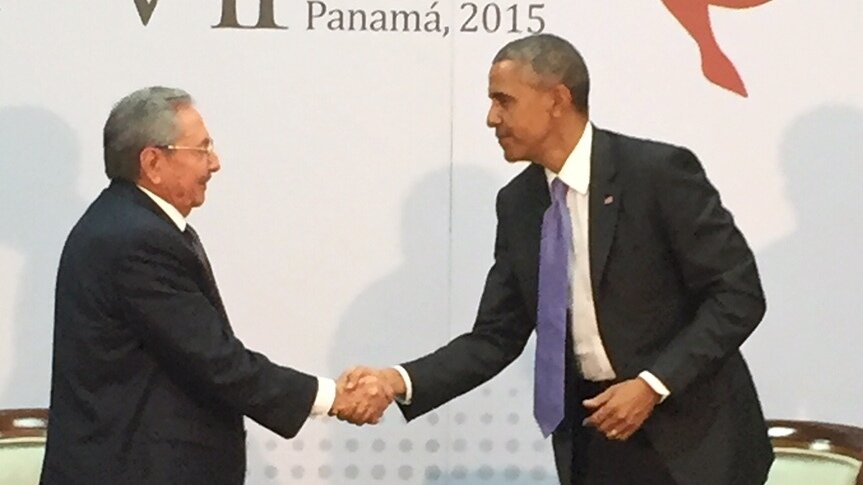While abroad, sometimes even when you don’t utter a word, you are considered to be a foreigner! Do you know why? Simply because of your attitude and body language.
Here are different attitudes and gestures followed in different parts of the World.
1. Eye Contact and Gaze
 Holding an eye contact in France is considered to be offensive. In Brazil, waiters or nurses may avoid eye contact all together considering their social status with the others. Asia is an odd man out where non-eye contact is equivalent to politeness. One cannot deny the fact that foreigners in Asian countries are stared upon hard, only out of curiosity. The attitude of eye contact differs drastically from country to country.
Holding an eye contact in France is considered to be offensive. In Brazil, waiters or nurses may avoid eye contact all together considering their social status with the others. Asia is an odd man out where non-eye contact is equivalent to politeness. One cannot deny the fact that foreigners in Asian countries are stared upon hard, only out of curiosity. The attitude of eye contact differs drastically from country to country.
2. Hands into the pocket
We casually put hands in our pockets on a daily basis. In few Asian countries like Korea and Japan, it is an attitude of absolute arrogance and rudeness. It can also mean disrespectful and a casual approach towards people and things.
3. “Talk to my hand” attitude

It usually means “Stop” or “You are not worthy of any time”. In Greece, Pakistan, and Nigeria, it is as equivalent to, “I am going to rub shit on your face.” Thus, it is very important to think before using any kind of hand gesture.
4. Beware of Thumbs up

It’s a natural way of agreeing to something. Although in West African and Middle East countries, it means totally different. In Thailand, a thumbs up is as good as sticking out your tongue.
5. When in Japan, only bow!

In Japan, a slight bow is a sign of standard etiquette and an attitude out of respect. While dealing with business, in Japan, it is necessary to present a visiting card with both the hands and not just one. The deeper you bow, the more respectful it is.
6. Stepping into an Asian home with shoes on can make you repent!
 Your shoes have stepped on all sorts of crap! (literally). Bringing them inside into an Asian home or stepping on a chair or some other furniture of the house is offensive. In Japan, there’s a concept of “home slippers” that enable you to walk into the home easily. Showing the soles of your feet in Thailand is not really welcoming.
Your shoes have stepped on all sorts of crap! (literally). Bringing them inside into an Asian home or stepping on a chair or some other furniture of the house is offensive. In Japan, there’s a concept of “home slippers” that enable you to walk into the home easily. Showing the soles of your feet in Thailand is not really welcoming.
7. Styles of Greeting
 While in India, both hands are put together in a form of “Namaste”, Europeans greet by multiple air kisses on either of the cheeks. In France, people greet in such a way since time immemorial. In Argentina, it’s normal to hug and give a peck on a cheek.
While in India, both hands are put together in a form of “Namaste”, Europeans greet by multiple air kisses on either of the cheeks. In France, people greet in such a way since time immemorial. In Argentina, it’s normal to hug and give a peck on a cheek.
8. Nodding? Not really!
 In Eastern European Countries like Bulgaria, nodding your head as, “Yes” means a, “No” and shaking as “No” means a “Yes”. Confusing right?! It can also mean a sign of disinterest as you are only nodding and not uttering a word.
In Eastern European Countries like Bulgaria, nodding your head as, “Yes” means a, “No” and shaking as “No” means a “Yes”. Confusing right?! It can also mean a sign of disinterest as you are only nodding and not uttering a word.
9. Think twice before you initiate a handshake!
In America, Shaking hands while greeting is trendy whereas in Japan it is unwelcoming. Bowing is customary there. Hence, think twice before initiating a handshake wherever you go.

Attitudes differ from person to person and country to country. If one gesture is appreciated in a particular country, it might not necessarily be appreciated in the other. Body language and attitude are what one must take care of while visiting abroad. Have a look at these points and know it all!
Like us on Facebook
Follow us on Instagram